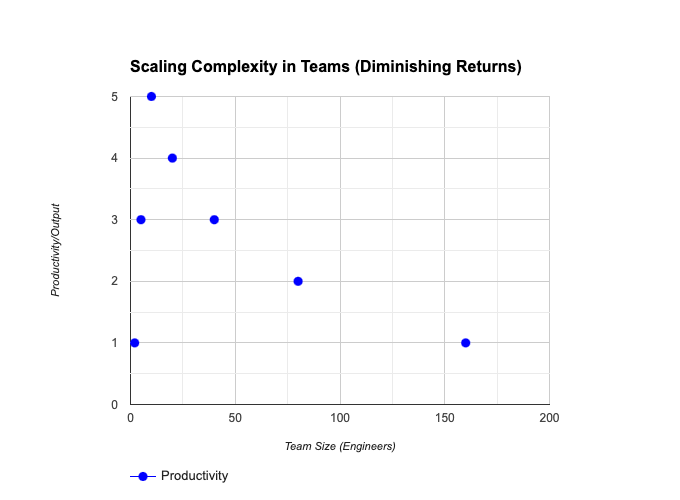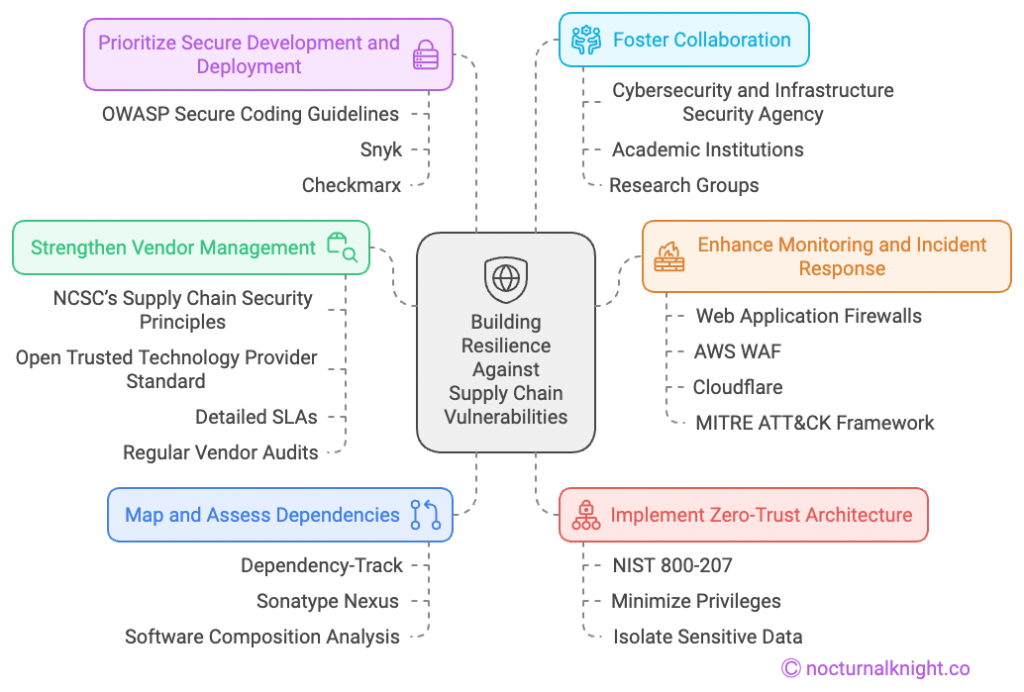The Trade-offs of Open Source Going Private
The open-source software (OSS) movement has long been hailed as the engine of technological innovation and collaboration. Its ethos of transparency, accessibility, and community-driven development has empowered startups and global enterprises alike. Yet, recent years have seen a growing trend: prominent open-source companies transitioning to proprietary or hybrid licensing models. This shift raises important questions about the future of open-source and its implications for the broader startup ecosystem.
This article is inspired by TechCrunch’s insightful timeline, “Open-Source Companies That Go Proprietary: A Timeline,” which highlights the evolving dynamics of open-source companies navigating sustainability and profitability challenges. The examples provided there form the foundation for exploring this complex and contentious issue.
A Brief History of Open Source
The origins of open source date back to the ideals of sharing and collaboration in the early computing era, culminating in the formalisation of the open-source movement with initiatives like the GNU Project and the establishment of the Open Source Initiative (OSI). Over decades, OSS became the backbone of modern technology, with projects such as Linux, Apache, and Kubernetes driving exponential innovation.
Startups have especially benefited from OSS. The ability to leverage powerful, free tools has enabled rapid prototyping and product development. For instance, frameworks like Django, Node.js, and React.js have drastically reduced development time and costs for young companies.
The Shift to Proprietary Models
However, several prominent OSS companies have transitioned to proprietary or dual licensing models. Redis Labs, MongoDB, Cassandra, and Elastic are notable examples. This shift often stems from a desire to combat exploitation by cloud providers like AWS, Google Cloud, and Microsoft Azure. These giants offer managed services based on OSS, often reaping significant profits without contributing meaningfully to the original projects.
Timeline of Transitions
Here are key examples of products and companies that have navigated this challenging transition, as highlighted in TechCrunch’s timeline:
- 2012: MySQL’s acquisition by Oracle raised concerns about its licensing and development practices, setting an early precedent for shifts in open-source licensing.
- 2014: Docker introduced a new model combining open-source and proprietary features, laying the groundwork for hybrid licensing approaches.
- 2016: Apache Cassandra saw increased commercialisation efforts, focusing on enterprise-grade features to sustain the ecosystem.
- 2018: MongoDB adopted the Server Side Public License (SSPL), aiming to prevent unlicensed use by cloud providers.
- 2019: Redis Labs altered its licensing to introduce modules under a Commons Clause, restricting commercial usage. This move sparked significant backlash, leading to forks such as ValkeyDB, where developers sought to preserve Redis’s original open ethos.
- 2021: Elastic transitioned from an Apache 2.0 licence to SSPL, citing similar concerns.
These changes reflect a growing realisation: while OSS enables widespread adoption, it also leaves developers and smaller companies vulnerable to value extraction by larger corporations.
Redis: A Case Study in Controversy
Redis Labs exemplifies the complexities and challenges faced by open-source companies navigating proprietary transitions. Its decision to relicense modules under the Commons Clause aimed to curtail exploitation by cloud providers, but it sparked intense community backlash.
Community Reaction
Many in the open-source community viewed this shift as a betrayal of the principles that had propelled Redis’s success. Developers launched forks like ValkeyDB to maintain an open and unrestricted version of Redis. These forks, while preserving accessibility, also introduced fragmentation into the Redis ecosystem, complicating adoption and support.
Impact on the Ecosystem
The controversy surrounding Redis highlights the delicate balance between sustainability and community trust. While the new licensing model allowed Redis Labs to monetise its innovations, it also risked alienating contributors and users. The long-term effects include a splintered ecosystem and challenges in maintaining a unified developer base.
Security by Obscurity Doesn’t Work
Critics often cite security as a reason to move away from open-source. Yet, history demonstrates the fallacy of “security by obscurity.” High-profile breaches, such as the SolarWinds compromise and MOVEit exploit, highlight the vulnerabilities of proprietary systems. In contrast, open-source projects like OpenSSL and Kubernetes have maintained long periods of incident-free operation, thanks to their transparent development models and extensive peer reviews.
Implications for the Startup Ecosystem
For Startups
The shift towards proprietary models introduces barriers for startups that have traditionally relied on open-source tools. Licensing costs and restrictions could increase operational expenses and hinder innovation. Imagine the inefficiency of building an ORM or cryptographic library from scratch if these tools were not freely available.
For Developers
Developers may feel alienated as companies pivot away from the inclusive values of OSS. Forks and community fragmentation—as seen with Redis’ Valkey project—are common consequences. This creates confusion and inefficiencies within the ecosystem.
For the Ecosystem
The trend also threatens the collaborative spirit of open-source, potentially stifling innovation. However, it opens opportunities for hybrid models, such as open core or dual licensing, that attempt to balance openness with profitability.
The Debate: For and Against
Supporters’ Perspective
Proponents argue that transitioning to proprietary models is a pragmatic move. Companies must protect their intellectual property and ensure financial sustainability to continue innovating. Dual licensing and managed services enable companies to monetise while still offering OSS elements.
Critics’ Perspective
Opponents view this as a betrayal of open-source principles. Amy Hupe’s critique of OSS’ inclusivity points to deeper systemic issues that proprietary transitions exacerbate. Privatization risks alienating diverse contributors by creating financial and operational barriers to entry. For underrepresented groups, these shifts may exacerbate inequities, further limiting their participation and representation in the open-source space.
Lessons from the Transition
Several companies offer valuable insights into navigating these shifts:
- MongoDB: Leveraged the SSPL licence to maintain control while ensuring cloud providers paid their share.
- Elastic: Transitioned with transparency, minimising backlash by communicating its rationale clearly.
- Red Hat: Successfully pioneered a hybrid model, blending open-source development with enterprise-grade support and services.
Governance and transparency play crucial roles in maintaining community trust during these transitions.
The Future of Open Source
Potential Models for Sustainability
Innovative models such as open core (where core functionalities remain free while advanced features are paid) or dual licensing could balance openness with financial viability. Collaboration with cloud providers and clear governance structures can also mitigate exploitation concerns.
Imagining a Closed-Source World
If the trend continues unchecked, we risk entering a world where essential frameworks and libraries are inaccessible. This would stifle innovation, increase costs, and erode the collaborative ethos of the tech ecosystem.
Conclusion: Striking the Balance
The evolution of open-source to proprietary models reflects the tension between ideals and pragmatism. This shift challenges the foundational values of OSS but also underscores the need for sustainability in a rapidly changing landscape. To secure the future of open-source, stakeholders—from developers to corporations—must prioritise inclusive practices, innovative licensing models, and transparent governance. The future of technology hinges on our ability to preserve the collaborative spirit of open-source while adapting to its modern challenges. Let’s build a sustainable open-source ecosystem that remains a beacon of innovation and inclusivity in the years to come.
References and Further Reading
- “Open-Source Companies That Go Proprietary: A Timeline,” TechCrunch, December 2024.
- “Open Source vs Open Governance: The State and Future of the Movement,” LinkedIn, Ramkumar Sundarakalatharan.
- “Privatised Open Source Software,” California Management Review, 2020.
- “Why Open Source Matters,” nScale Blog.
- “Open Source Software: Why It Matters and How to Get Involved,” The Alan Turing Institute Blog.
- “Open Source Does Not Mean Inclusive,” AmyHupe.co.uk.
- Redis Labs Licensing Updates, Company Blog.
- Apache Cassandra Licensing Updates, DataStax Blog.




